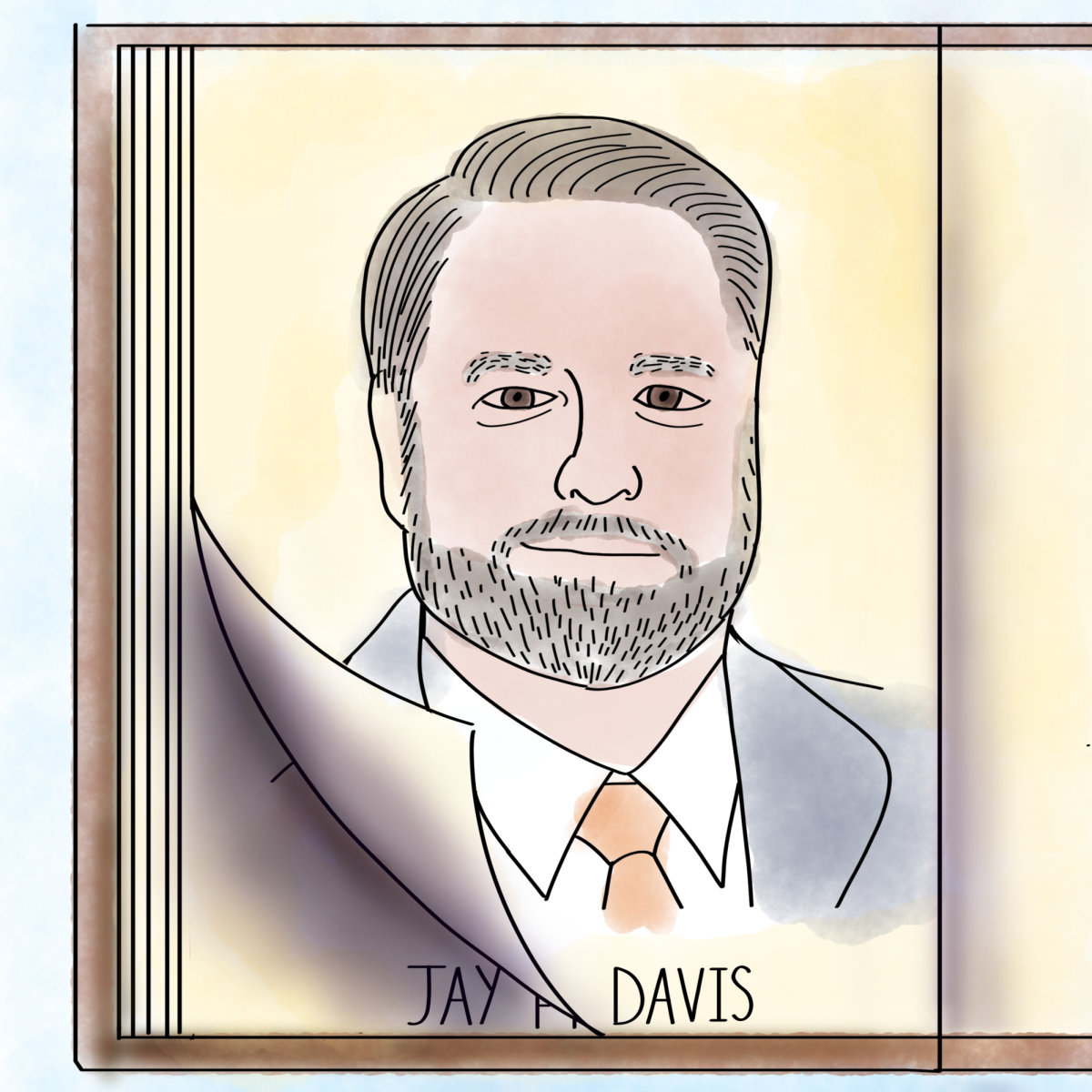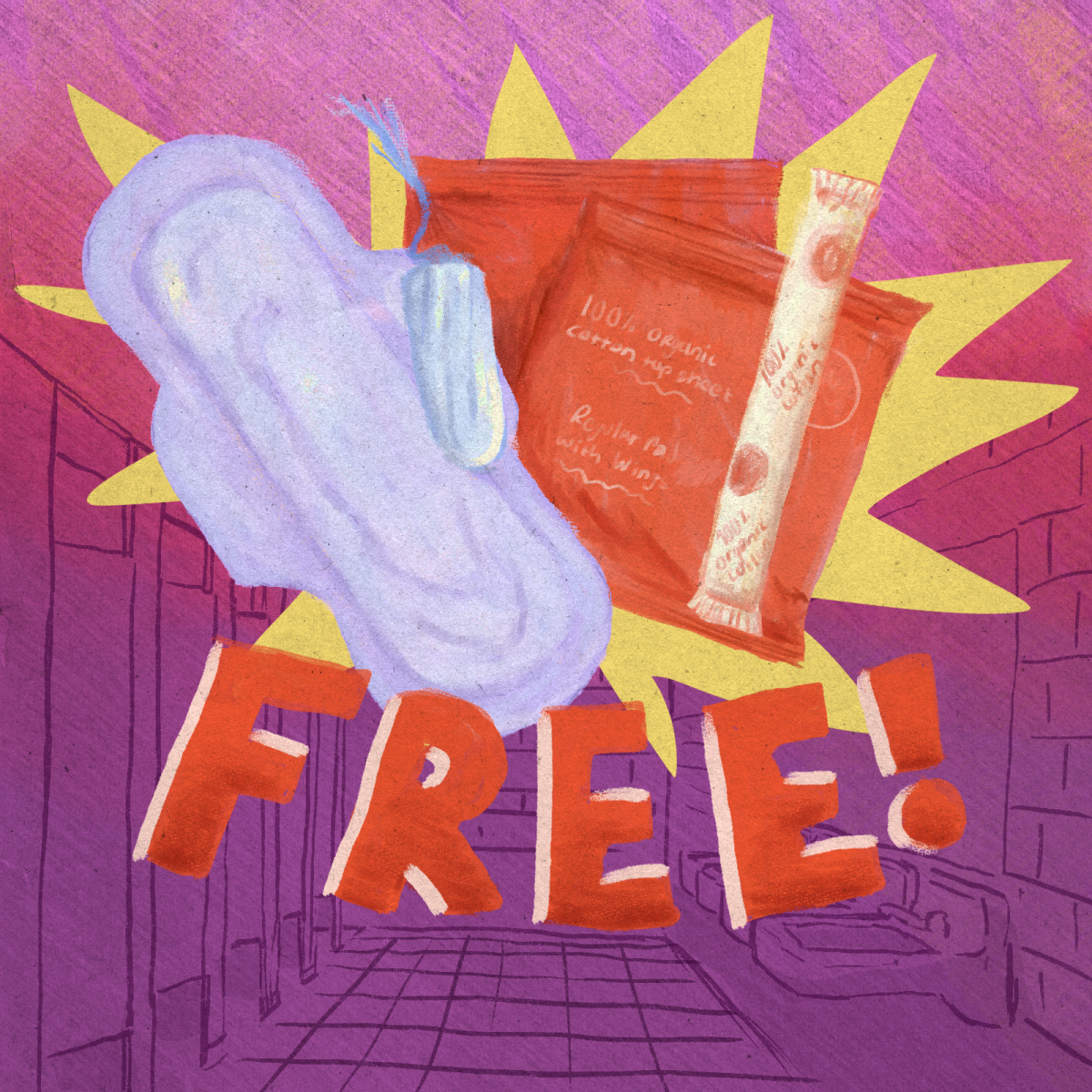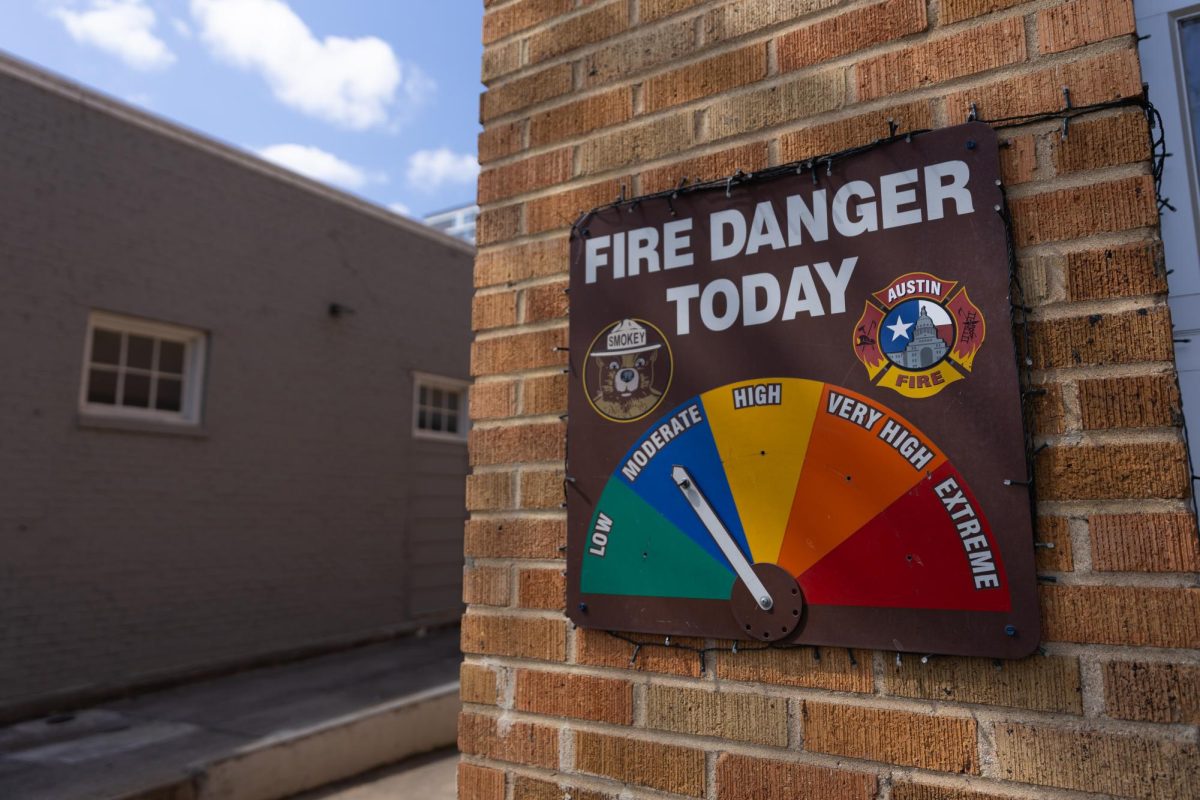The bright and iconic posters from classic movies such as “West Side Story” and “Africa — Texas Style!” are now available for viewing in an online archive from the Harry Ransom Center.
The archive includes hundreds of posters spanning from the silent era up to present day. Film curator Steve Wilson said the reason the HRC moved the posters to an online archive was to make them more accessible.
“Movie posters are so large and fragile and difficult to handle,” Wilson said. “That has, up to now, made it really difficult to make them accessible to the public, so the fact that we are digitizing them and putting them online fulfills our mission.”
Wilson said the 500 posters that are online right now are just a small portion of the Ransom Center’s 10,000-poster collection, and it will take years to get all of them digitized.
“Only a fraction of what’s contained at the Ransom Center is online,” Wilson said. “But the online resources are really helpful as far as making the things that we have here discoverable, not only to UT students but to those people who are too far away to visit.”
Most of these posters come from three collections within the HRC, the largest of which is the Interstate Theater Circuit collection, which owes its history to a giant movie theater chain that owned almost every theater in Austin until the mid 1970s.
Digital projects librarian Lauren Walker said the online archive allows for greater research opportunities with the materials.
“For our digital collections, if you’re on a page of a resource, there is a little link to a new technology we have recently implemented,” Walker said. “You can view multiple resources on your screen, and you can actually compare and manipulate those images for examining and doing research.”
Currently the HRC has 80 digital collections, including material such as Gabriel Garcia Marquez’s manuscripts, Shakespeare’s folio and Harry Houdini’s manuscripts.
“We are continually adding more,” Walker said. “Right now, we are working on a project that includes some audio interviews, and we are going to have those available for streaming this spring.”
Jackie Mann, an art history graduate student, has helped digitize the posters since late last year.
“Having so many posters in one place, you can observe certain tropes and certain similarities and differences between them,” Mann said. “You wouldn’t be able to do that if you just saw one poster up on a billboard.”




















